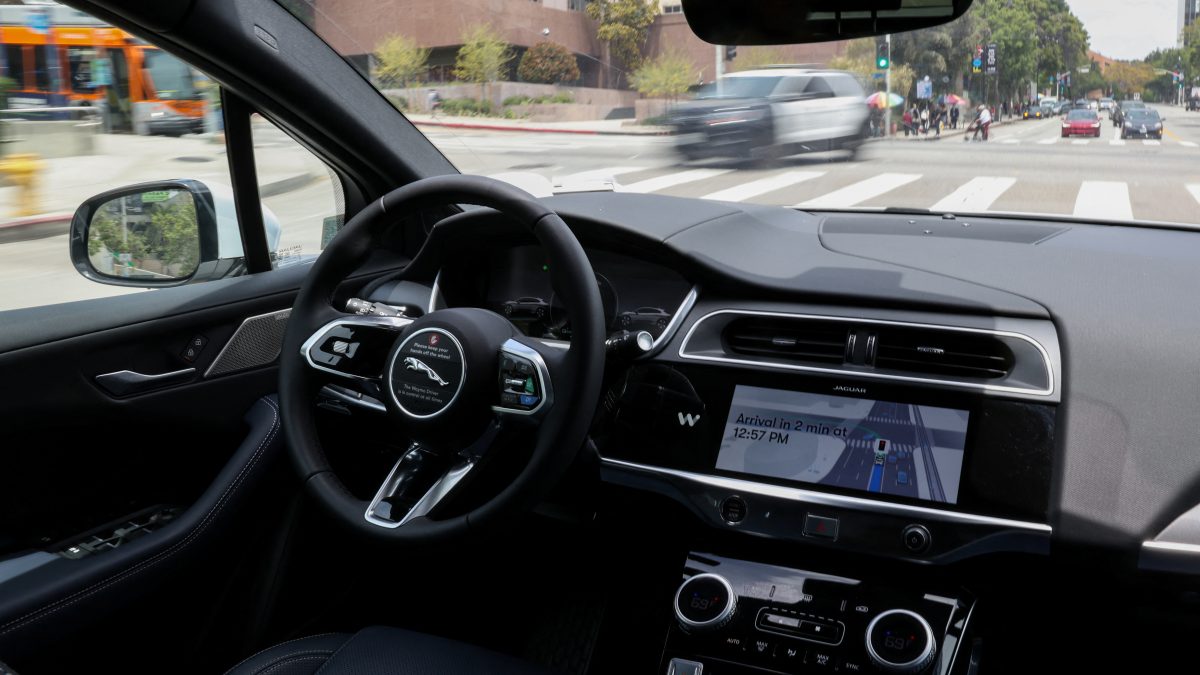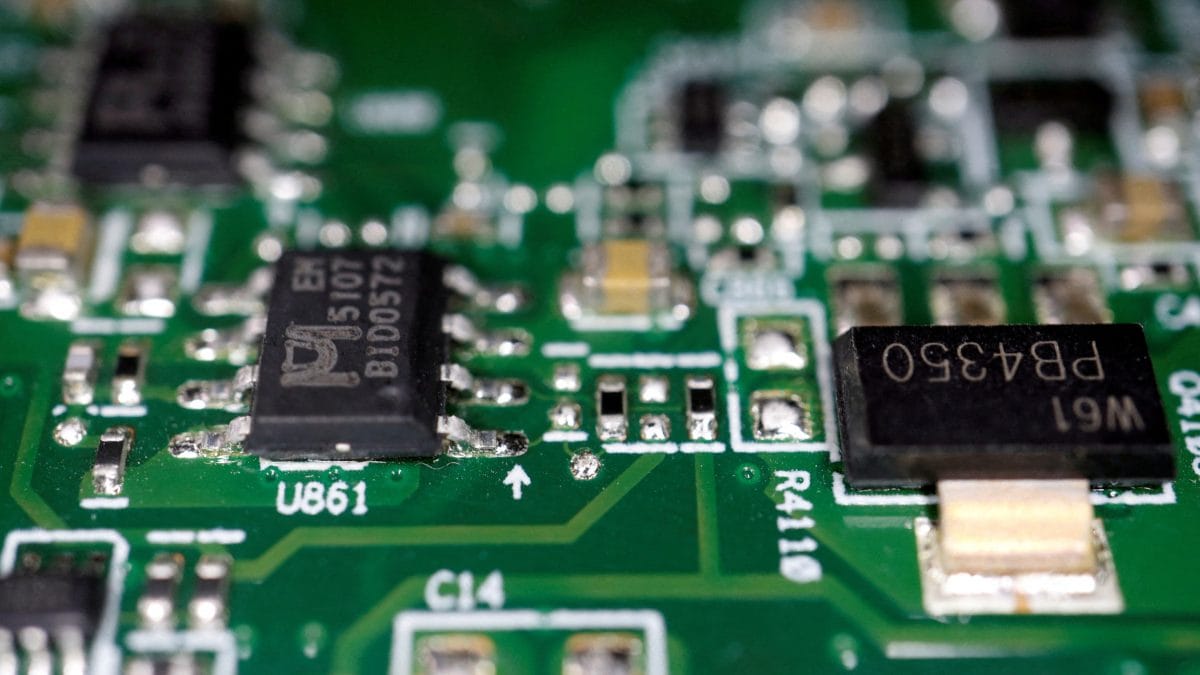Self-driving cars in the United States could soon look very different, not only because of the technology driving them but because of a changing regulatory environment. Reports indicated that starting next year, these vehicles may no longer require windshield wipers, a staple of traditional automobiles. For decades, federal rules have mandated that every vehicle include wipers, a requirement based on the assumption that someone behind the wheel needed a clear line of sight through the windshield. That assumption, however, is breaking down in the age of automation.
The National Highway Traffic Safety Administration (NHTSA) has long overseen the Federal Motor Vehicle Safety Standards (FMVSS), which dictate basic equipment for cars on American roads. Officials within the Trump administration recently argued that these rules, written for human-operated vehicles, are outdated in a world where machines are increasingly expected to do the driving.
Complaints from the industry
Some autonomous vehicle developers have voiced frustration with a regulatory structure they see as designed for an era of human drivers. They argue that certain requirements not only fail to enhance safety but actively hinder innovation. Aurora Innovation, a Pennsylvania-based company specialising in robotrucking, has been one of the most vocal critics. The company reportedly filed a lawsuit after federal officials denied its request for an exemption from a rule requiring drivers to deploy warning devices when their trucks stop along the roadside. According to Gizmodo, Aurora contended that the rule made little sense, given that its vehicles have no drivers to perform that task.
This example illustrates the broader tension: safety regulations often presuppose human presence and manual action. In practice, that means companies must either retrofit outdated safety devices onto futuristic vehicles or expend resources to fight legal battles.
Federal authorities signal change
Transportation Secretary Sean P Duffy suggested earlier this year that the administration intends to modernise these standards. He was quoted as saying that “the rules of the road need to be updated to fit the realities of the 21st century,” emphasising that the reforms were intended both to eliminate redundant requirements and to create a uniform national standard. Officials promised that, beginning in 2026, rules surrounding windshield wiping, headlamps and brakes would be restructured to reflect the realities of autonomous driving.
The NHTSA’s chief counsel added that removing outdated provisions would reduce costs for manufacturers and support a “new era of transportation.” According to this view, lighter regulation could enhance rather than undermine safety by allowing more resources to flow into the development of advanced technologies.
The patchwork problem
Yet the regulatory story in the US is not merely a federal one. Analysts note that while NHTSA oversees vehicle design and performance, the states control how cars operate on the road. This division of authority has produced a patchwork of rules that vary dramatically across jurisdictions, LegalClarity reported.
Some states have taken a permissive stance, passing laws that explicitly allow autonomous vehicles to operate on public roads and even designating the vehicle’s automated system as the “driver” for legal purposes. Others have moved more cautiously, requiring human safety drivers during testing or authorising only limited pilot projects. A number of states have yet to act at all, leaving autonomous vehicles to operate in a grey area under traditional traffic laws.
Impact Shorts
More ShortsThis fragmented landscape complicates efforts to deploy autonomous vehicles nationwide. A company might comply with one state’s rules, only to face new requirements—or outright prohibitions—when crossing state lines.
Levels of autonomy and legal ambiguity
Understanding why regulation lags requires examining how autonomy itself is defined. The Society of Automotive Engineers (SAE) has created a six-level scale that ranges from Level 0, where the human is fully in control, to Level 5, where the vehicle operates independently under all conditions.
While Levels 0 through 2 leave legal responsibility squarely with the driver, Level 3 begins to blur the line. At that stage, the car can manage most tasks under certain conditions, but the driver must be ready to intervene. Level 4 vehicles can drive themselves within limited zones or scenarios, while Level 5 cars need no human input at all.
This classification complicates liability. If a crash occurs, is the human to blame for failing to act, or is the manufacturer responsible for a system failure? The answer may vary depending on which “level” of autonomy is in play, and courts are only beginning to confront these questions.
Insurance and liability questions
The rise of autonomous vehicles also challenges traditional insurance models. Historically, premiums have been based on human error, but as control shifts to machines, the risk may shift toward software flaws, sensor malfunctions or cybersecurity breaches. In Level 2 and Level 3 vehicles, insurers may still hold drivers accountable for negligence if they fail to take control when necessary. But as the technology advances, more of the liability may shift toward manufacturers in the form of product liability claims, LegalClarity said in a report.
This evolution could transform the auto insurance market, with ripple effects for drivers, companies and the courts. Analysts suggest that litigation may be the only way to clarify responsibility in the absence of a coherent national framework.
A future still in transition
The debate over windshield wipers may appear symbolic, but it encapsulates a larger challenge. Regulators are attempting to reconcile laws written for human drivers with a future where human involvement may be optional. At the same time, companies like Aurora are testing the boundaries of those laws, and states continue to chart divergent courses.
While federal officials have promised that 2026 will bring significant updates, the legal infrastructure still lags behind the technology itself. For now, America may be ready for self-driving cars in terms of technological capability, but its legal system remains firmly stuck in the age of human drivers.


)

)
)
)
)
)
)
)
)



